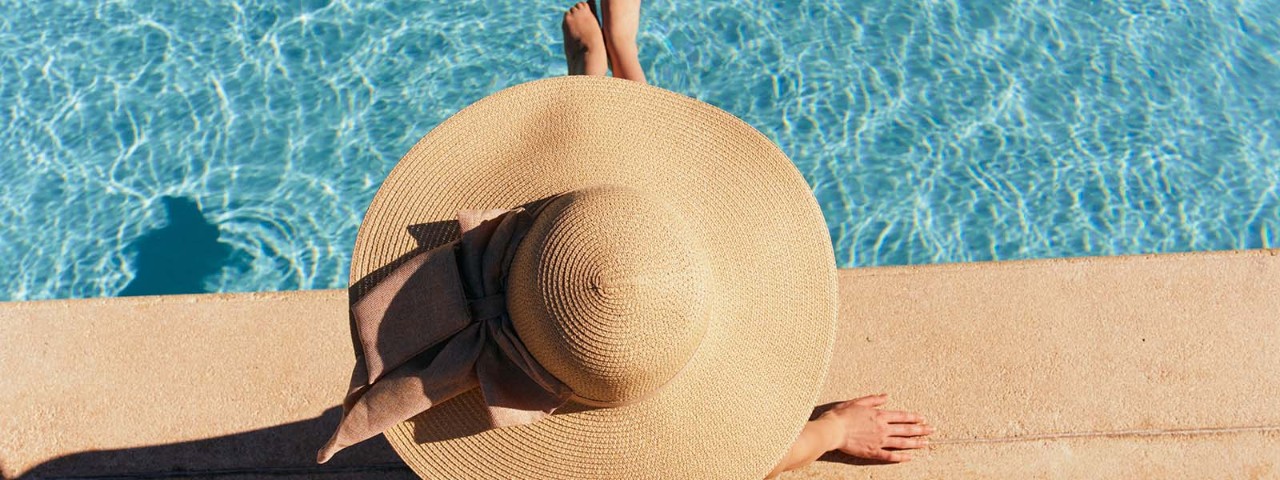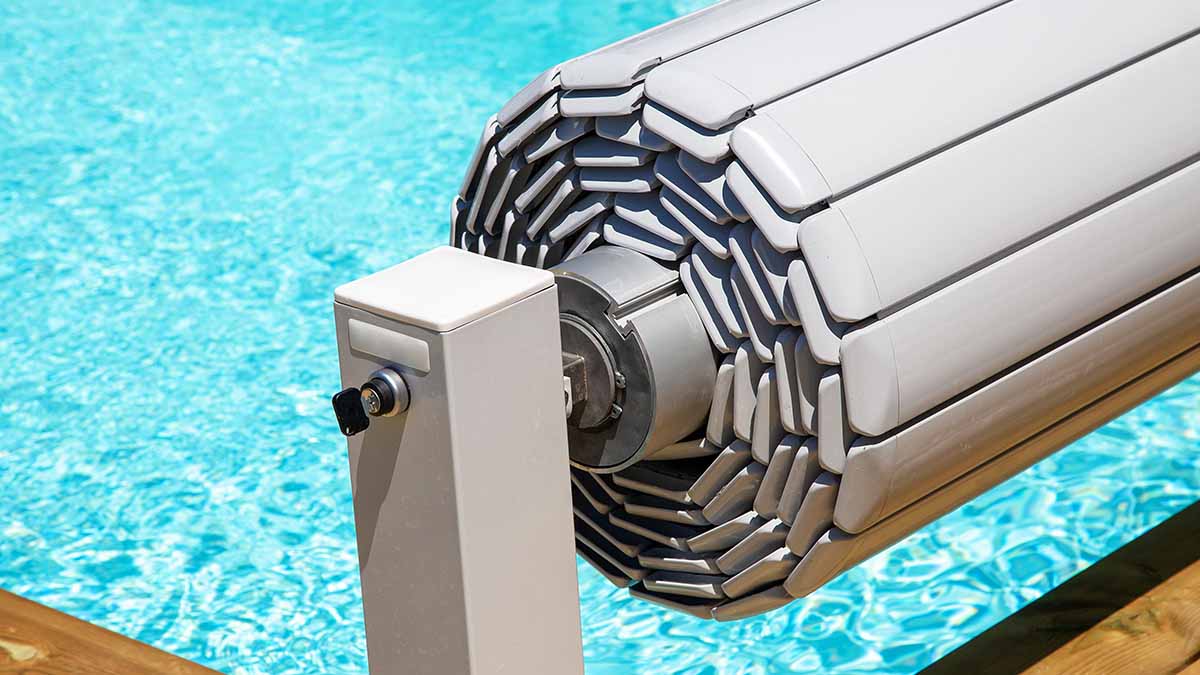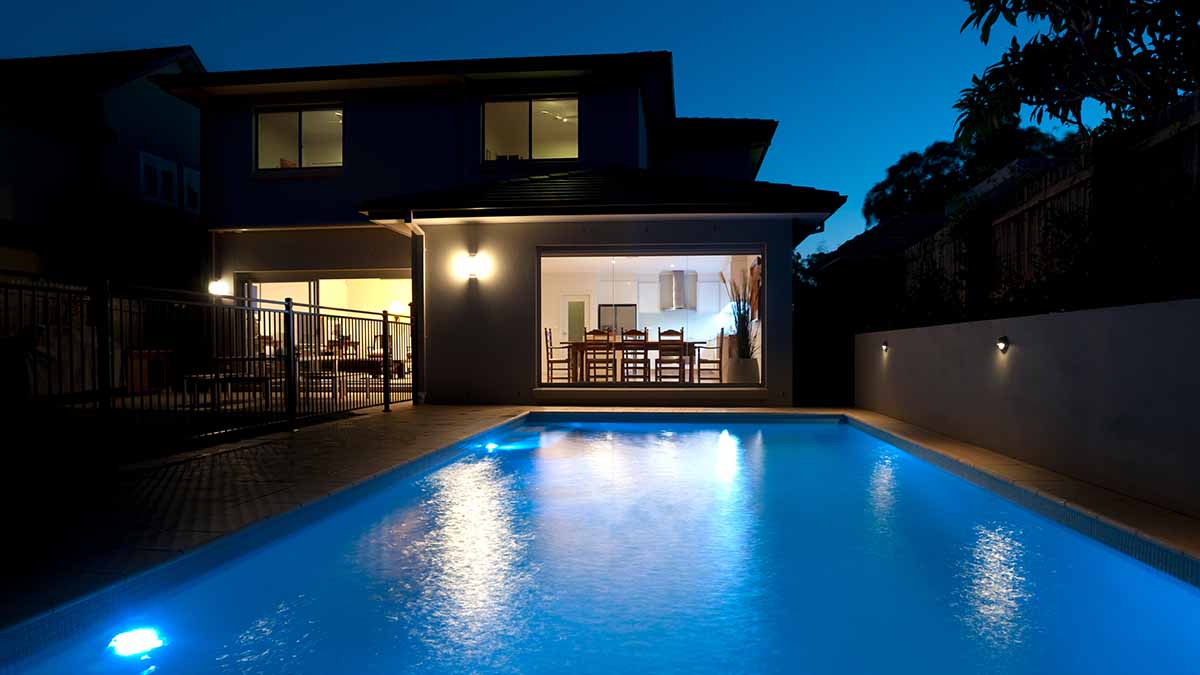Many once common single-use plastic items are now banned in Victoria. Here are sustainable, reusable alternative products to use instead.
How to make your pool more eco-friendly and cost-effective

Backyard pools might be cool, but they can be expensive to maintain. Here’s how to make yours more eco-friendly and cost-effective.
Swimming pools might be at the top of many a summer wish-list, but owning your own backyard watering hole can be a drain, not only on the household budget – but on the environment, too.
There’s the energy needed to heat and maintain it, the chemicals to keep it clean and, of course, the water to fill it – not to mention keeping it topped up.
Whether you already have a pool or are considering a plunge into pool ownership, there are many ways to make your private splash zone more sustainable. From solar-powered pumps to thermal covers that maintain temperatures and reduce water evaporation, here’s how to improve your pool’s eco credentials.
Eight ways to make your pool more sustainable
Make it water neutral
For aspiring pool proprietors who are concerned about water and energy usage, water-neutral pools offer an easy solution. Master Pool Builders Association Australia (MPBAA) CEO Chris Samartzis explains that water-neutral pools use a combination of water-saving and water-harvesting devices – such as water tanks to collect rainfall to top up the pool, and backwash-minimisation systems – to minimise environmental impact by reducing the amount of overall water needed to maintain a swimming pool. Water-neutral pools also deliver cost savings through reduced chemical, energy and water use.
Use eco-friendly technologies
Making use of eco-friendly accessories, such as LED lighting instead of traditional halogen globes, is another way to make your backyard pool a little greener. LED lamps use less than a quarter of the power used by traditional halogen bulbs and last longer too, so you’ll save money on new bulbs. They’re also easier to automate and can be set to a timer that can be controlled from your phone. “New pools come with LEDs as standard,” says RACV’s trade training manager Andy Anderson. “But if you have an older pool, it’s worth having a qualified electrician convert the halogens to LEDs.”

A thermal pool cover can help to minimise heat loss. Image: Getty.
Harness the sun
One of the most eco-friendly (and budget-savvy) ways to heat your pool is to use solar power. “Installing an extra 2-3kW of solar panels, above your standard requirements, is sufficient to cover the cost of running a pool and accessories – such as the pump, filter etc,” says RACV Solar CEO Andy McCarthy. “Setting the pool pump on a timer, generally between 10am and 3pm in summer, ensures you are using your excess solar power, and will save you more money.”
If you don’t have enough roof space for both solar panels and pool heating, Andy says it’s possible to install solar panels over the pool heating. “It requires a specific system, so it’s best to contact a solar expert who has experience with these types of projects,” he says.
Invest in a thermal pool cover or solar ‘bubble blanket’
Covering a pool when it’s not in use is a simple yet effective way to reduce our carbon footprint. “Aside from providing insulation and convenience, swimming-pool covers can help with heat retention, reduce evaporation, and maintain chemical balance,” says Chris Samartzis. While all pool covers will prevent water evaporation, thermal covers are designed to withstand strong UV, which means they last longer and have greater insulating properties, which will save you on heating costs. Look for thermal covers with the highest R value (thermal resistance) you can afford.
Alternatively, solar covers – also known as bubble blankets – contain air pockets that absorb heat from the sun and transfer it to the water, heating your pool. A good solar cover can heat your pool by up to eight degrees, however they are not as effective as thermal covers at retaining heat overnight. Typically more affordable than thermal covers, solar covers tend to have a shorter lifespan.
Chris says the most advanced pool covers can even transform into an over-pool roof at the press of a button to provide shade when you're in the water.
Install self-cleaning systems
You can also turn up the eco factor by installing a self-cleaning system. Chris explains that in-floor cleaning systems use water circulation to reduce chemical usage and keep swimming pools clean, without the need for regular hand vacuuming or any other cleaning. “As well as reducing maintenance time, in-floor cleaning systems also reduce running costs and limit the need for excessive chemicals being added to the pool,” he says. “And because the system returns treated water to the floor of your swimming pool, loss of heat and chemicals from the water’s surface is greatly reduced.”
He says many systems are fully automated, which means they switch off when the cleaning is complete. This also saves energy as you won’t be running your cleaning system for any longer than needed.

Replacing regular halogen globes for LEDs can help to reduce energy consumption.
Make it smart
Much like smart technology for inside your home, smart pool systems enable you to automate your pool’s essential functions – including the pool pump, cleaning system, lighting, heating and even chlorine levels. Smart tech can help reduce your energy bills by eliminating excess usage due to accidentally leaving your pump running too long or forgetting to turn off the lights.
Don’t overheat it
For most pools, the ideal temperature is 25 to 28 degrees. According to energy.gov.au, each degree rise in temperature adds 10 to 30 per cent in energy costs. To save on energy costs, reduce the temperature or turn off the heater altogether whenever the pool won’t be used for several days or longer.
Don’t overuse the pump
According to energy.gov.au, a pool pump running 24 hours a day can produce as much greenhouse gas as a large car over a year. To reduce emissions and costs, use a timer to manage your pump’s running time, and run it off-peak (to take advantage of cheaper power rates) at the lowest recommended speed for maintaining correct pool hygiene.
To keep your pump running as efficiently as possible, energy.gov.au also recommends regularly cleaning the skimmer basket, pump basket and filter and keeping your intake grates clear of debris. The website also advises to: “Purchase a minimum five-star energy-efficient pool pump from the list of pool pumps participating in the government’s voluntary labelling program. Although it may feel like you’re splashing out, buying a high-efficiency pump will save you energy and money over the long term in running costs. The more stars the better.”


